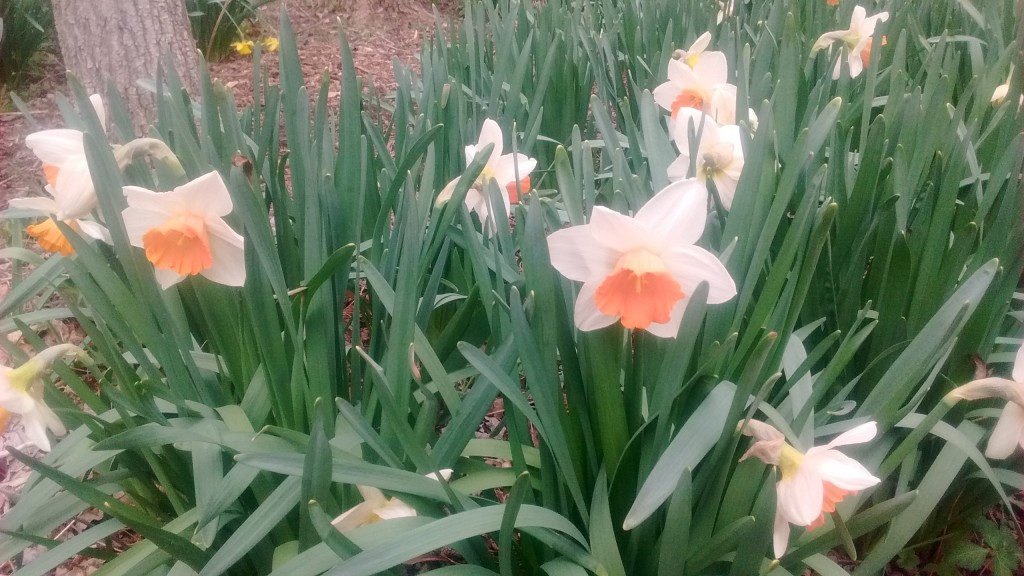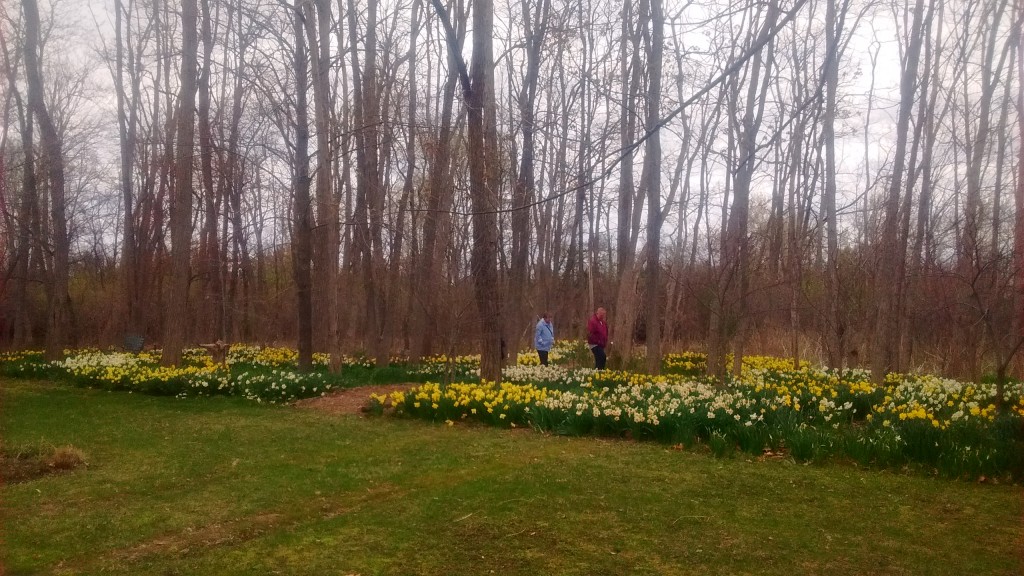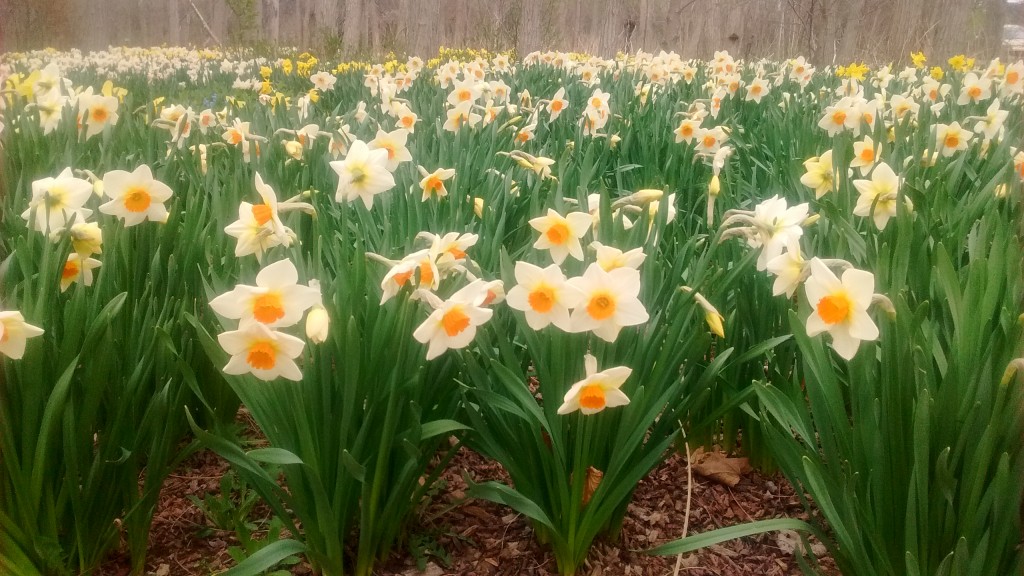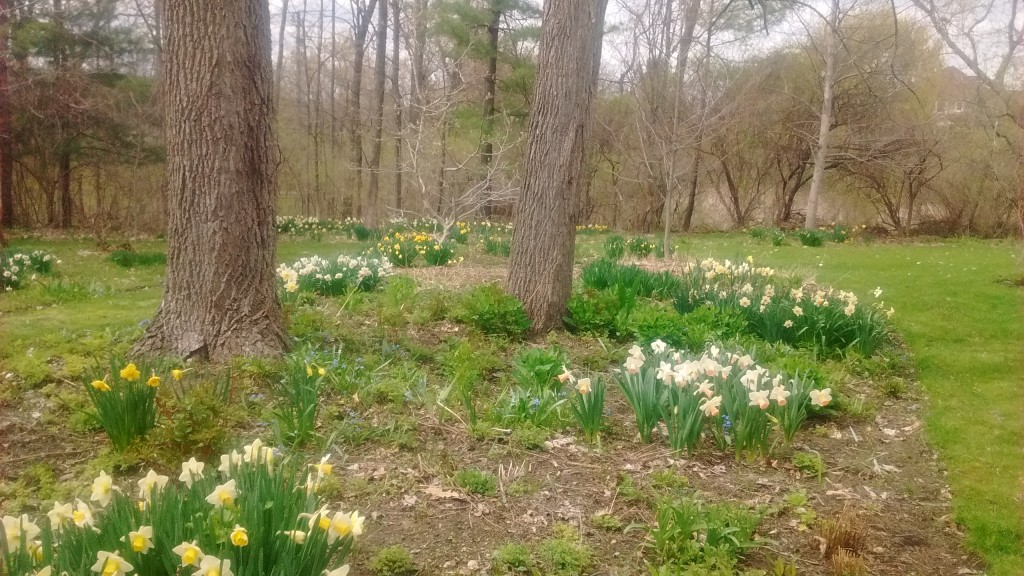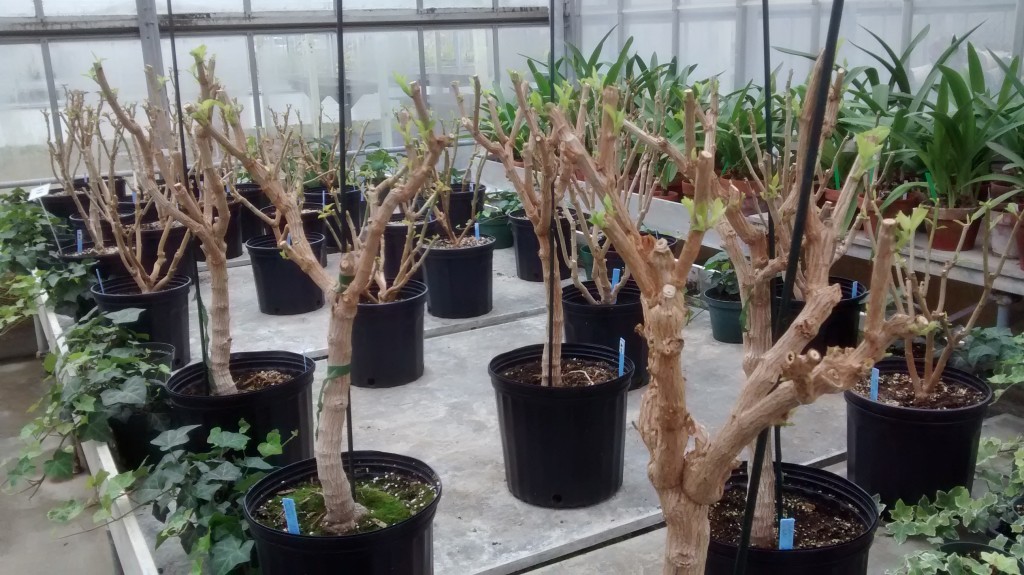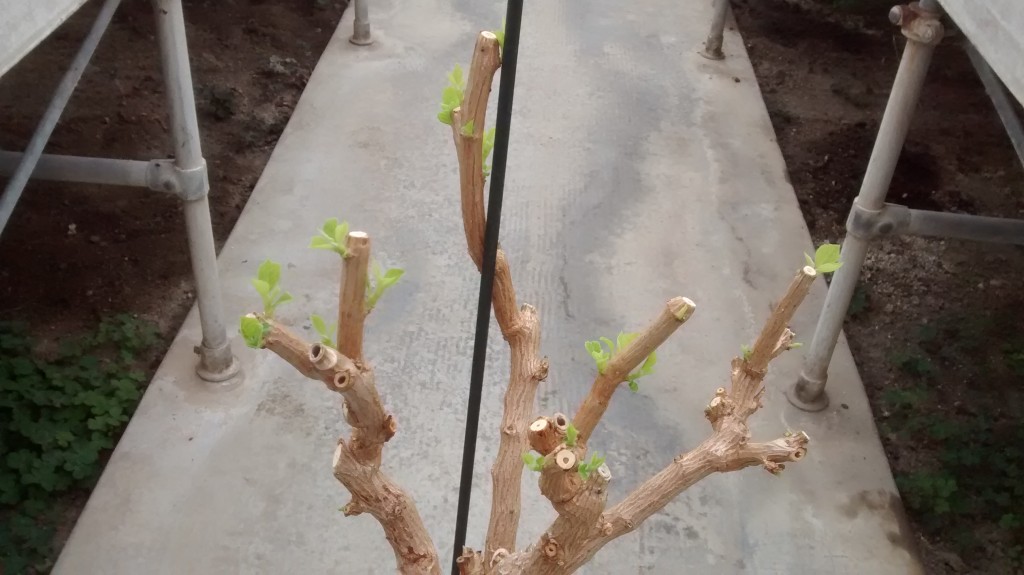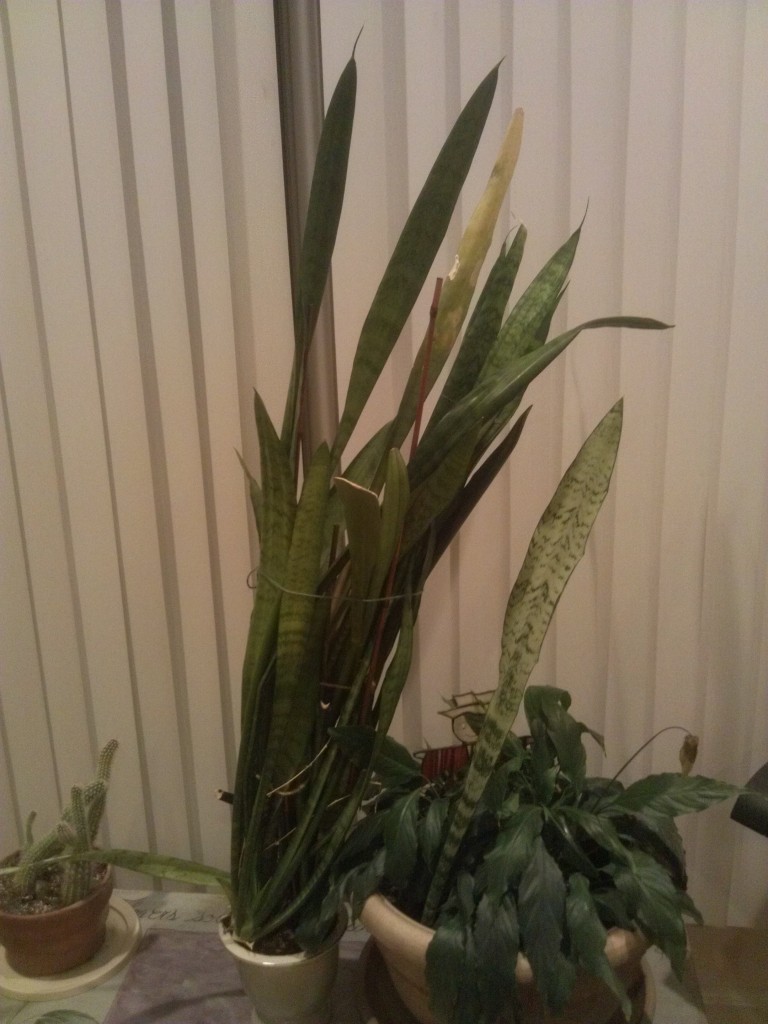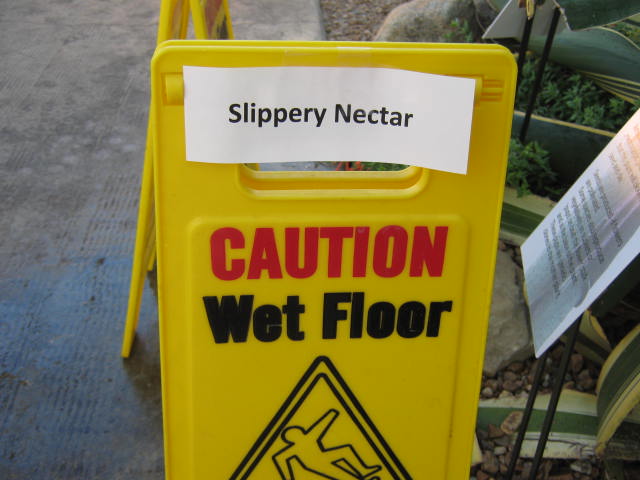Iris are one of my favorite flowering plants for a number of reasons but mainly it’s because they are so easy to grow compared to some other plants. I’m not the only that knows this which is probably why you see so many irises in gardens.
Although there are several types of irises, the one that everyone thinks of when you say “iris” is the bearded iris sometimes called German iris.
Irises put on quite a show in return for so little effort on our part.
Irises are perennials, which means plant them once and they’ll come back again year after year. They are very resilient plants and are quite cold tolerant. Ours when un-mulched came through two extremely cold winters and never missed a step.
Bearded irises require well-drained, sunny locations to thrive. Soggy soil, especially during the summer, will cause their roots to rot. On the other hand, they need plenty of water during the early spring, shortly after they wake up from their winter dormancy. Around here, we usually get enough rain in the spring for them to be satisfied.
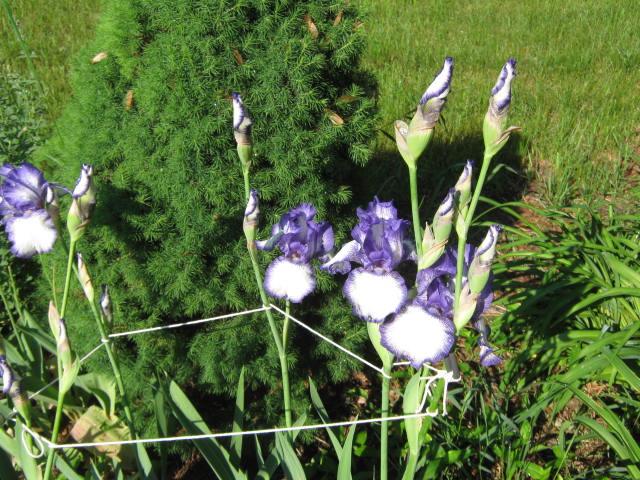
Sometimes high winds and heavy rain will knock over iris stalks. Tying them to stakes will help them stay upright.
The most common mistake beginners make when planting iris is to place them too deep into the ground. Only the bottom two-thirds of the root rhizome gets covered with soil. The other on-third is above ground as I heard someone say, “like an alligator”.
German irises grow so prolifically that they will over-crowd themselves over time. So, every three or four years they need to be dug up, divided and replanted. It’s a relatively easy thing to do and you don’t have to worry much about hurting the plant. I’ll discuss this in a post later on this summer as we get near thinning time.
Bob

